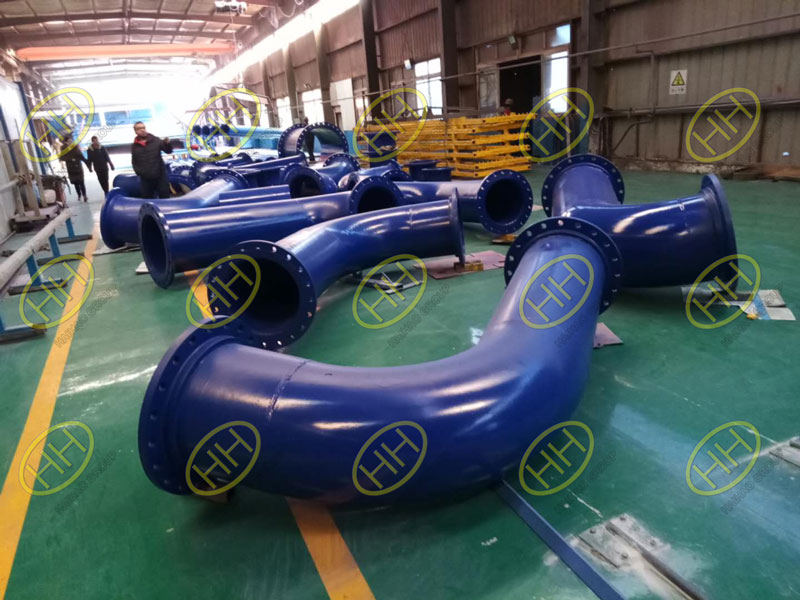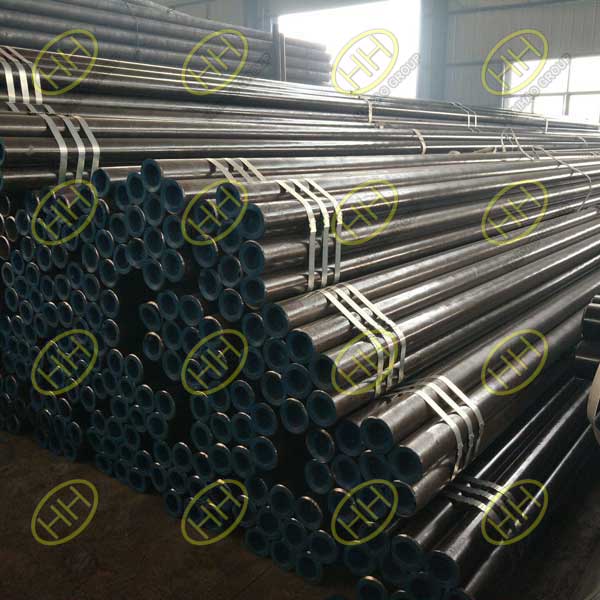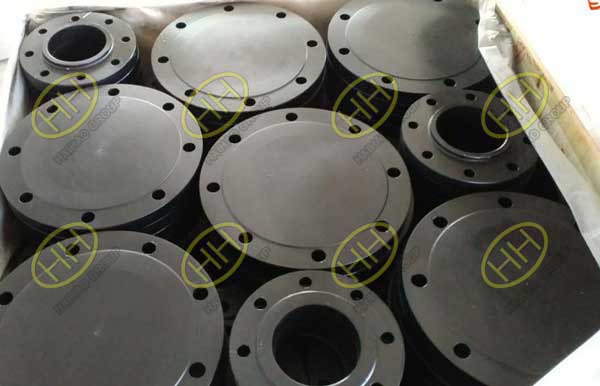Haihao Group’s insight into market raw material fluctuations
In recent days, the futures price index for coal, coke, and steel has been on a continuous decline since September 25, extending this downward trend into the first trading day after the National Day holiday. Notably, iron ore, rebar, and hot-rolled coil futures prices have experienced significant drops, and although coke and coking coal futures prices rose in the two days before the “Golden Week” (Mid-Autumn Festival and National Day), the momentum was weak, and they followed a subsequent correction after the holidays.

FBE Coating Pipings
The main reason for this recent downturn lies in the weakness of downstream demand. The steel market has a certain degree of seasonality, known as the “Golden September and Silver October,” typically witnessing increased demand in September and October, providing support to prices. However, this year’s peak season is not as robust, with subdued demand. According to statistics from relevant agencies, the weekly average apparent demand for the five major steel varieties in September was 9.5037 million tons, showing a slight MoM increase of 1.8% but a YoY decrease of 4.9%. Specifically, the MoM rebound rate for rebar was 7.1%, but it still experienced an 11.4% YoY decline. The changes in hot-rolled coil were relatively small, both YoY and MoM. This data aligns with consumption figures for cement, concrete, asphalt, indicating a seasonal improvement in construction-related demand.
The supply of steel also exerts a certain degree of constraint on prices. According to statistics from relevant agencies, during the “Golden Week,” the national blast furnace capacity utilization rate and the daily average molten iron production were 92.31% and 2.4701 million tons, respectively, showing a slight decline MoM but remaining at high levels. The capacity utilization rate increased by 3.34 percentage points YoY. Additionally, the daily consumption of scrap by 255 steel mills in September increased by 20.6% YoY and 2.9% MoM, indicating a relatively active expansion of production by steel mills and abundant steel supply.
However, the futures term structure of steel has not shown a serious forward discount, closely related to the new changes in downstream demand structure.

API 5L PSL1 Grade B seamless steel pipes
On the one hand, the outlook for steel exports is optimistic, even exceeding expectations. According to data from the General Administration of Customs, China exported 50.892 million tons of steel in the first seven months of this year, a YoY increase of 27.9%. The main increase is in the “Belt and Road” regions such as the Middle East, Southeast Asia, and Latin America. The rapid growth in infrastructure and manufacturing investment in these regions has created a gap in steel supply.

DNV 3.2 TEST S355 JOWP Flanges
On the other hand, domestic demand also shows some resilience, manifested in the fact that the short-term contraction in real estate demand has been offset to some extent by the growth in infrastructure and manufacturing. Since the beginning of this year, the investment growth rates in fixed assets in energy, electricity, and transportation have been relatively fast, with the rapid increase in the installation of new energy sources such as wind power and photovoltaics driving the growth of steel demand. In traditional infrastructure, railway transportation and pipeline transportation have also seen rapid growth. In manufacturing, new investments in construction and equipment tools have created additional demand for steel.
Furthermore, the price correction in steel has, to some extent, compressed the profits of steel mills, suppressing the enthusiasm for expansion. Looking at the data, the profitability of blast furnaces nationwide has narrowed to 30.74% recently, hitting a new low since early May this year. The spot profits of hot-rolled coil and rebar have also continued to decline. At the same time, inventories of hot-rolled coil, medium plate, and steel billet in steel mills are relatively high compared to previous years.
The recent decline in coal, coke, and steel is due to weak demand, but adjustments in demand structure and supply-side factors do not support a continued downturn in steel prices in the long term. The Haihao Group continues to analyze and adapt to these market dynamics, ensuring a strategic approach to the ever-changing landscape of the steel industry.
